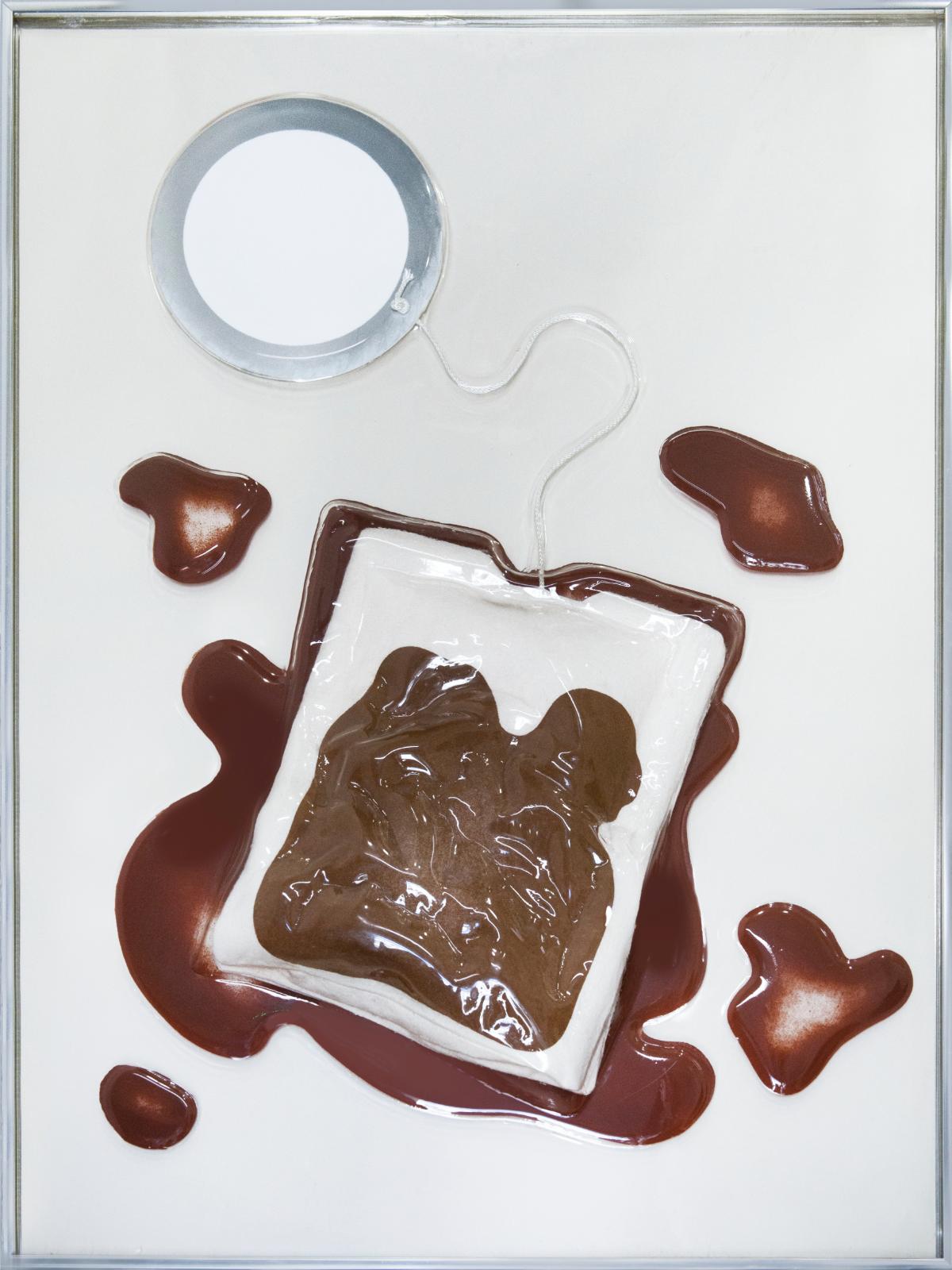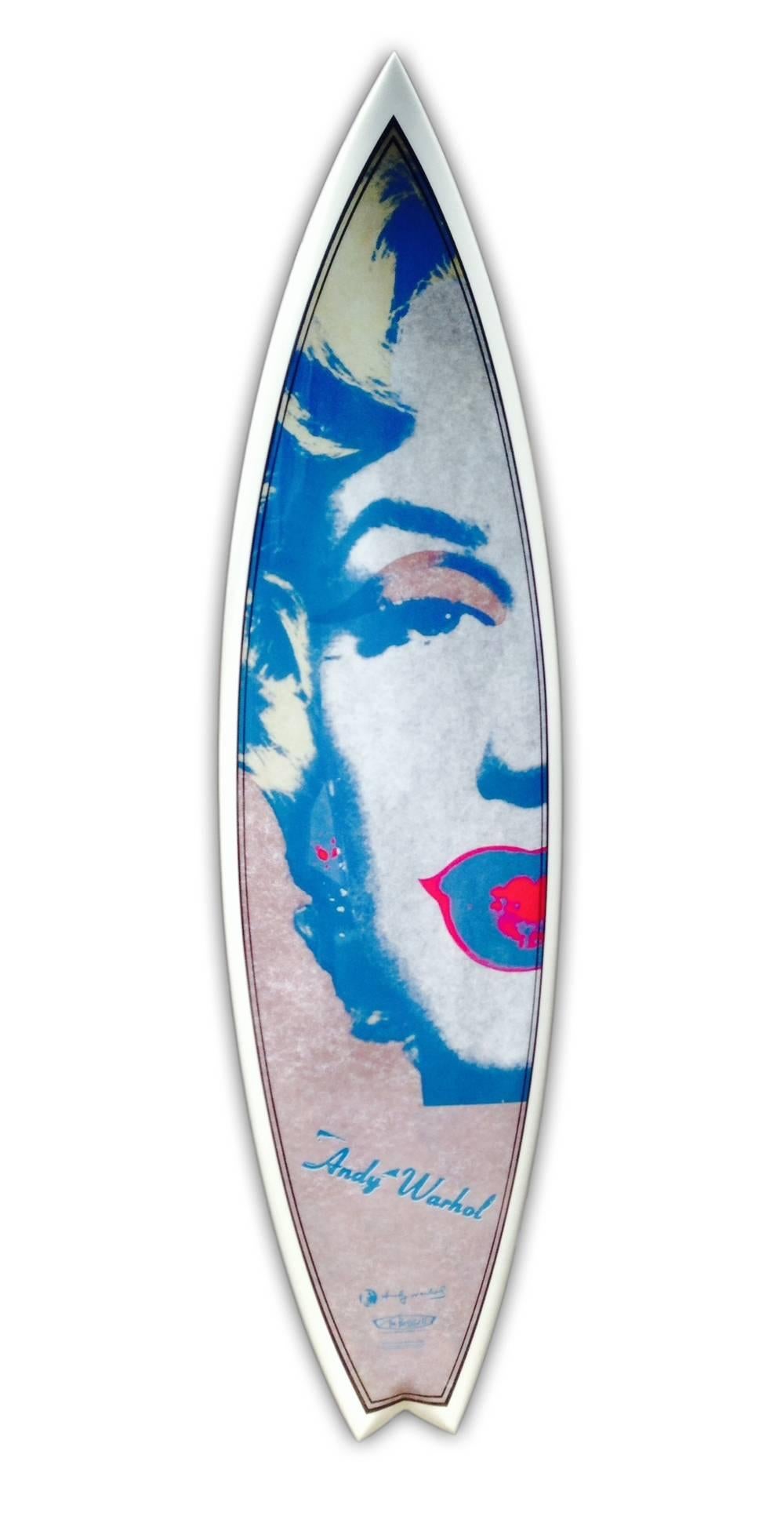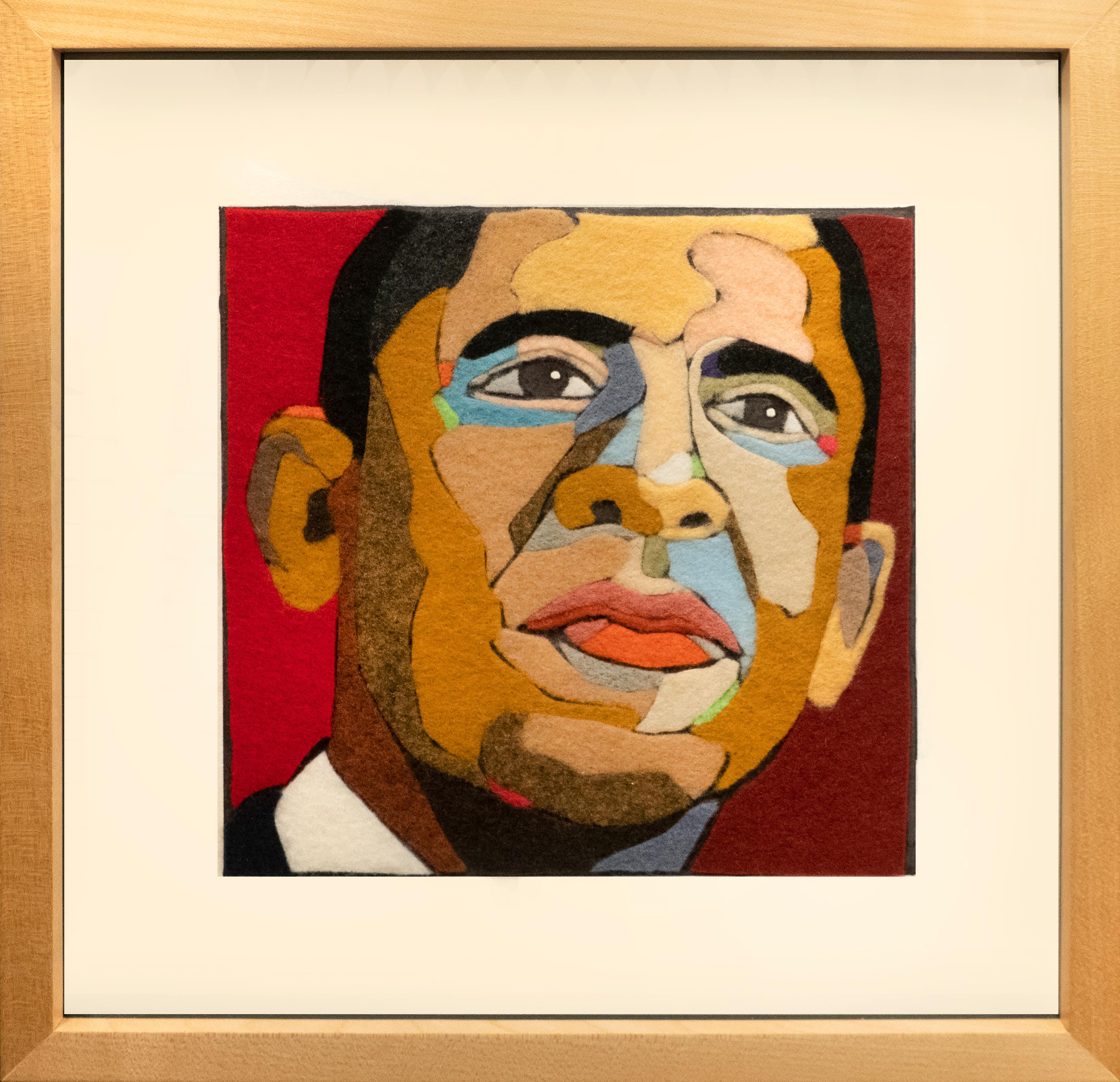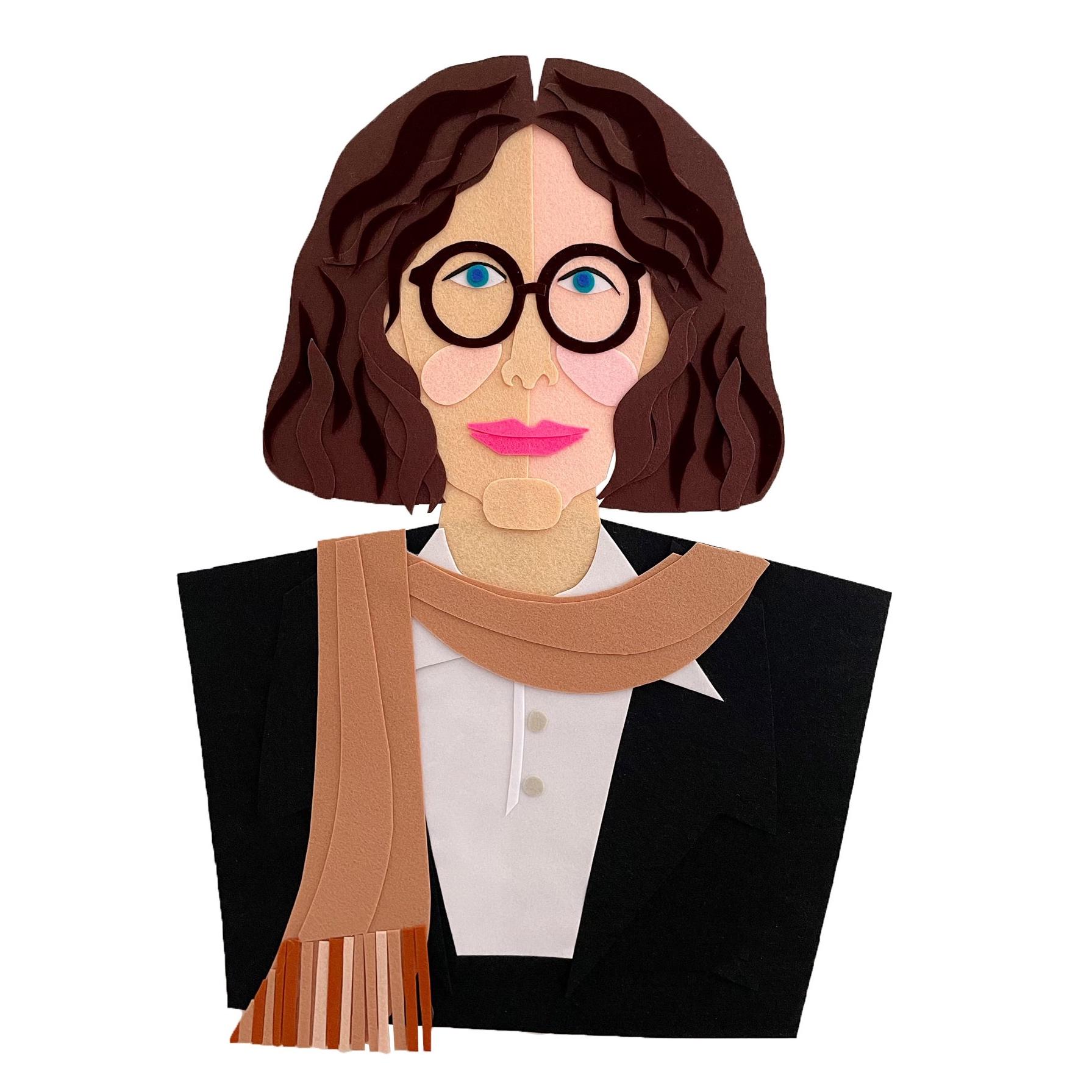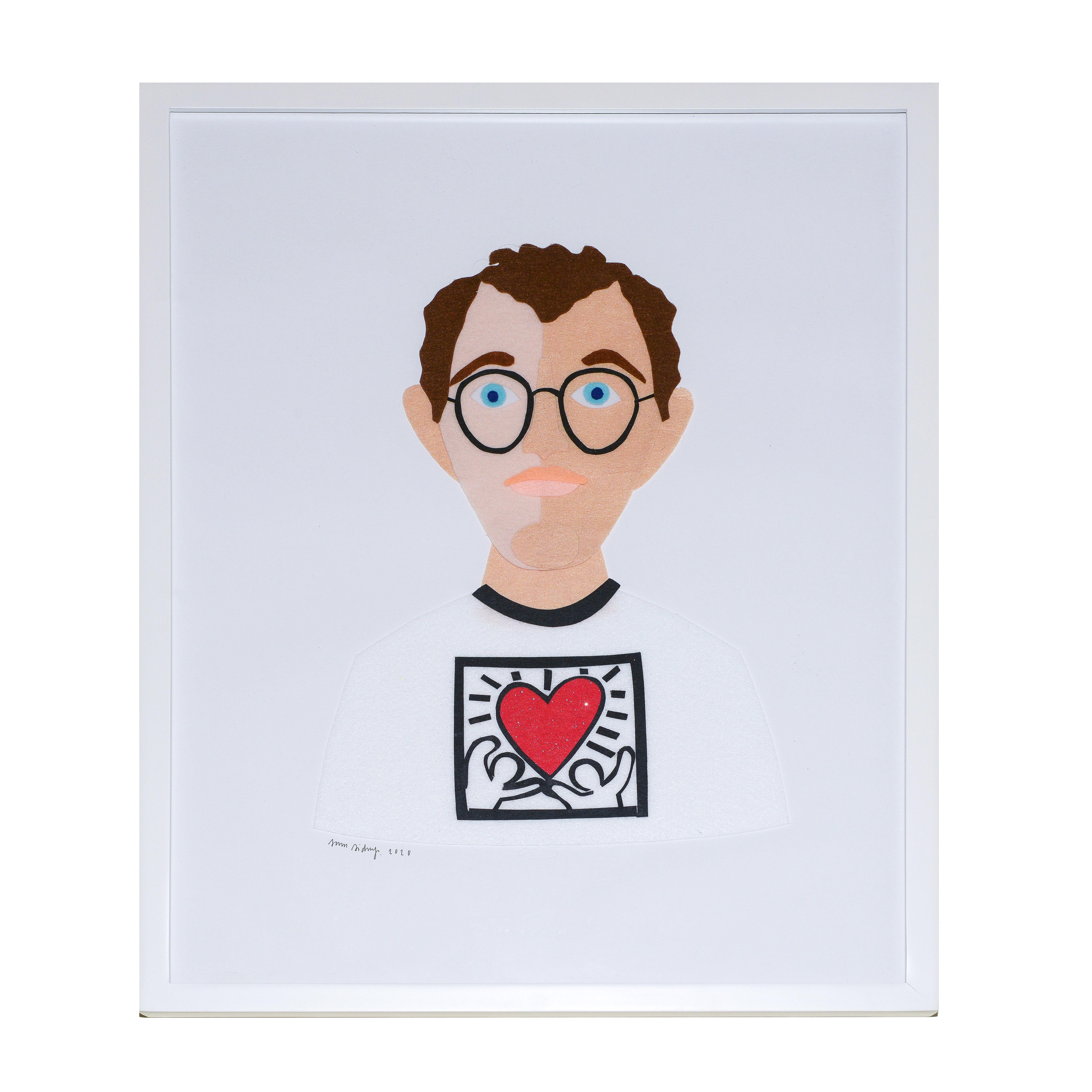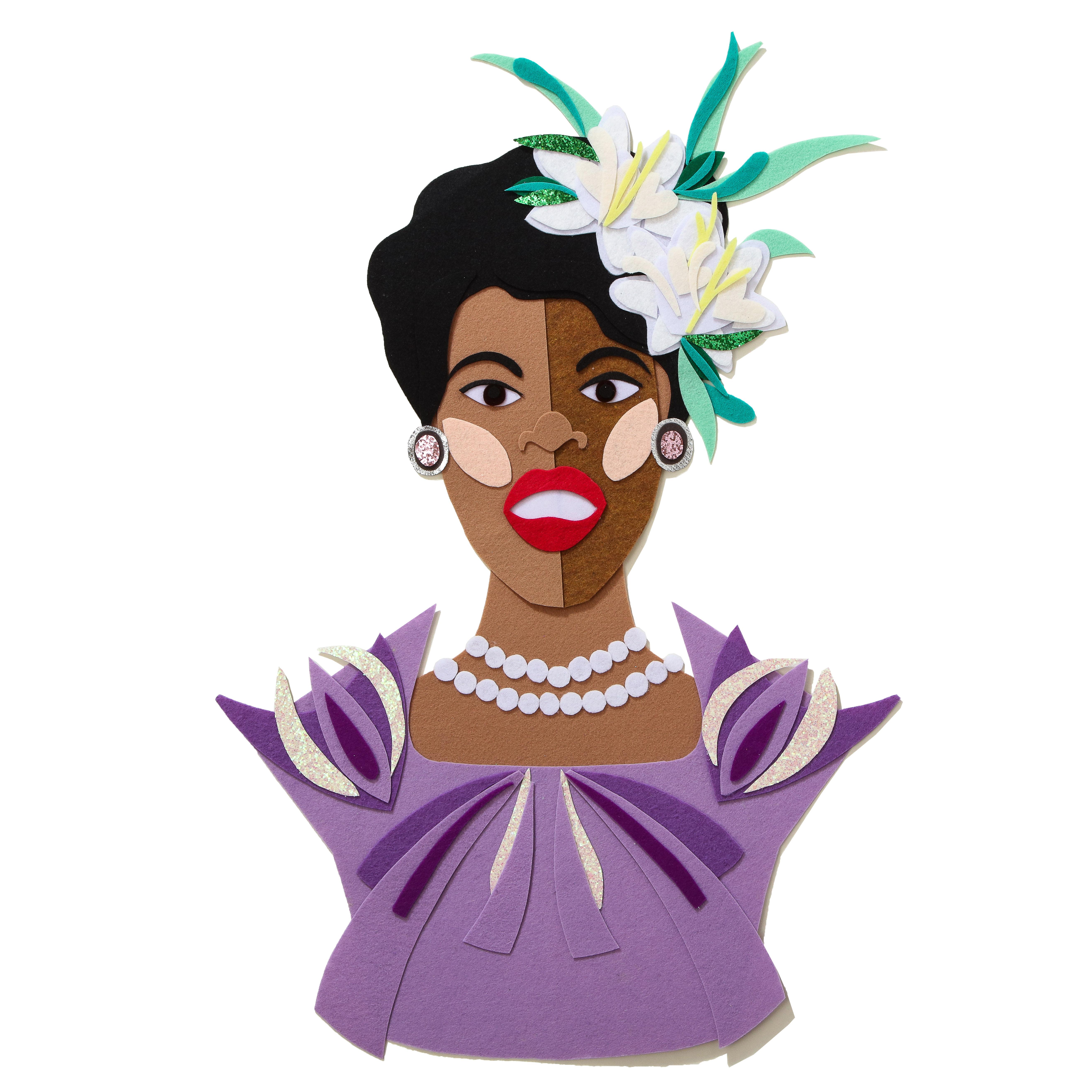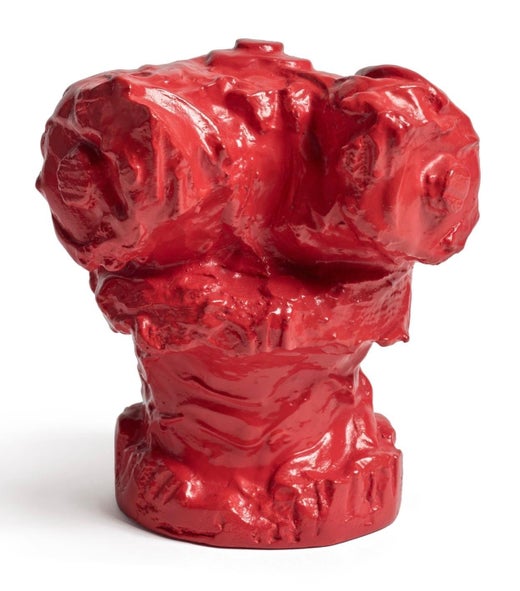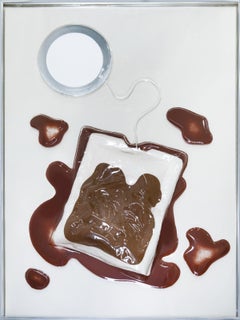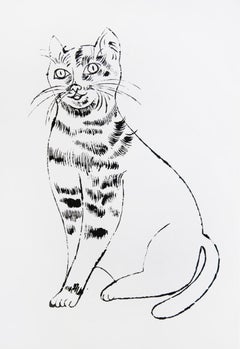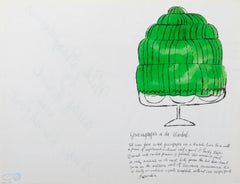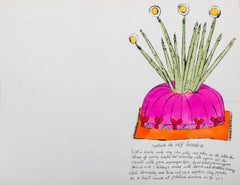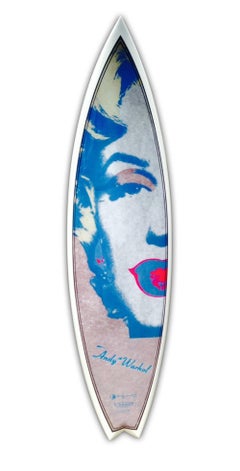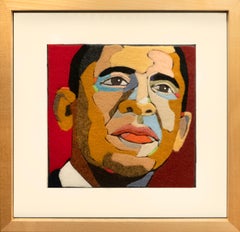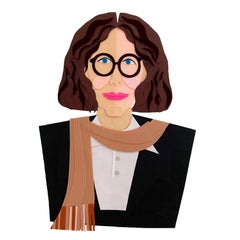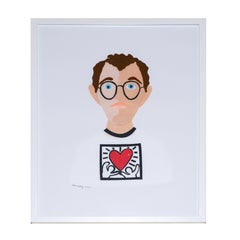Claes OldenburgLondon Knees 19661968
1968
Informazioni sull’articolo
- Creatore:Claes Oldenburg (1929, Americano, Svedese)
- Anno di creazione:1968
- Dimensioni:Altezza: 19 cm (7,49 in)Larghezza: 43,2 cm (17,01 in)Profondità: 29,5 cm (11,62 in)
- Più edizioni e dimensioni:Edition of 120Prezzo: 14.075 USD
- Tecnica:
- Movimento e stile:
- Periodo:
- Condizioni:
- Località della galleria:London, GB
- Numero di riferimento:Venditore: 1082351stDibs: LU47016440072
Claes Oldenburg
Uno degli artisti Pop originali, Claes Oldenburg è nato a Stoccolma. Figlio di un diplomatico svedese, trascorse i primi anni di vita a Stoccolma e Oslo fino a quando la famiglia si trasferì a Chicago nel 1937.
Oldenburg frequentò l'Università di Yale, poi tornò a Chicago, dove lavorò per un giornale e frequentò anche corsi di disegno presso l'Art Institute. Si trasferì a New York nel 1956.
I primi lavori artistici di Oldenburg a New York erano opere di realismo urbano in cartone e carta che erano influenzate dalle opere di Dubuffet e dei New Realists, e che erano viste come una risposta brutale alla società. Nel 1961 Oldenburg affittò un negozio nel Lower East Side e vendette oggetti in gesso dipinti con colori vivaci, nonché rilievi tridimensionali e murali basati su hamburger, pasticcini, abiti da uomo e da donna e altre merci. Seguono le sculture morbide, oggetti di uso comune realizzati in vinile o tela e imbottiti di kapok. Questi pezzi hanno trasformato il mezzo: le sculture morbide sono intese come esperienze sensuali e commenti sul nostro mondo materiale di oggetti e sul nostro rapporto con essi.
Nel 1965, sempre lavorando in vinile, gesso e cartone, Oldenburg iniziò a realizzare opere di grandi dimensioni definite "Monumenti Colossali", che sono sculture pubbliche di grandi dimensioni con significati pubblici e privati. Negli anni '70, Oldenburg realizzava opere di grandi dimensioni in materiali resistenti come l'acciaio e, in collaborazione con Coosje Van Bruggen, aveva ricevuto molte commissioni pubbliche di questo tipo negli Stati Uniti e in Europa.
Trova sculture autentiche di Claes Oldenburg , stampe e altre opere d'arte su 1stDibs.
(Biografia fornita da Art Commerce)
- SpedizioneRecupero del preventivo…Spedizione da: London, Regno Unito
- Politica di reso
Altro da questo venditore
Mostra tuttoAnni 1960, Pop Art, Tecnica mista
Feltro, Spago, Plexiglass, Schermo
Anni 1950, Pop Art, Stampe (animali)
Litografia, Offset
Anni 1950, Pop Art, Stampe e riproduzioni
Litografia, Inchiostro, Offset
Anni 1950, Pop Art, Stampe e riproduzioni
Litografia, Inchiostro, Offset
Anni 1990, Pop Art, Stampe e riproduzioni
Litografia
Anni 1950, Pop Art, Stampe (animali)
Litografia
Ti potrebbe interessare anche
XXI secolo e contemporaneo, Pop Art, Tecnica mista
Digitale, Resina epossidica, Poliuretano
XXI secolo e contemporaneo, Pop Art, Tecnica mista
Feltro, Tavola
Anni 2010, Pop Art, Tecnica mista
Feltro
Anni 2010, Pop Art, Tecnica mista
Feltro
Anni 2010, Pop Art, Tecnica mista
Feltro
Anni 2010, Pop Art, Tecnica mista
Feltro
